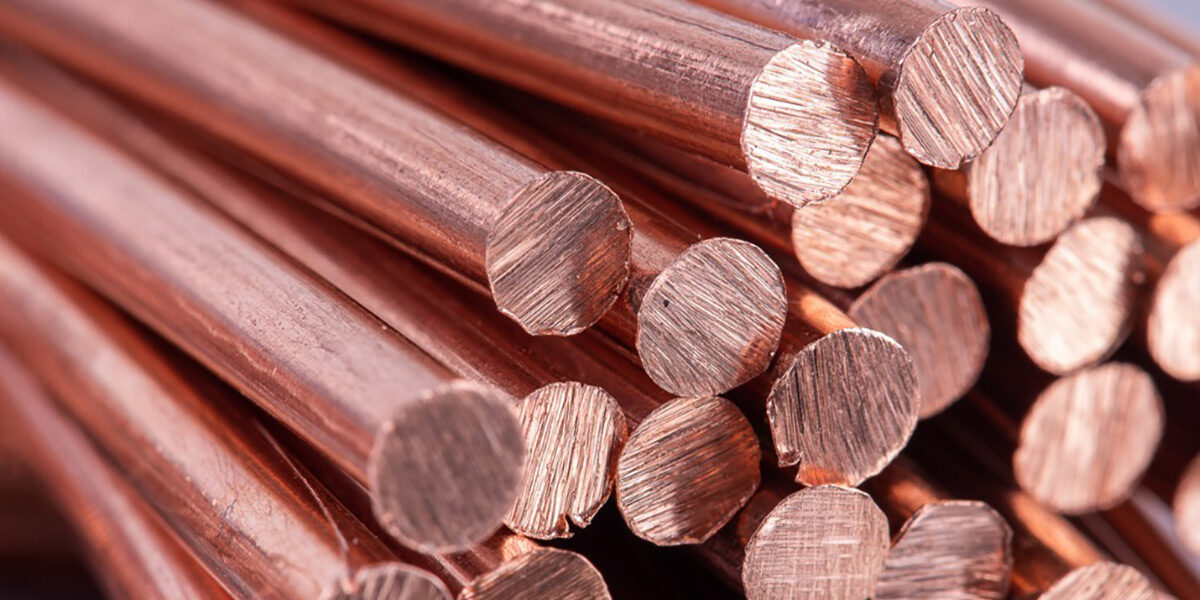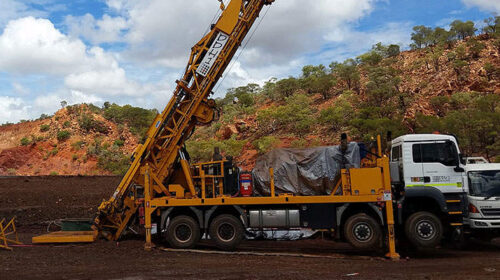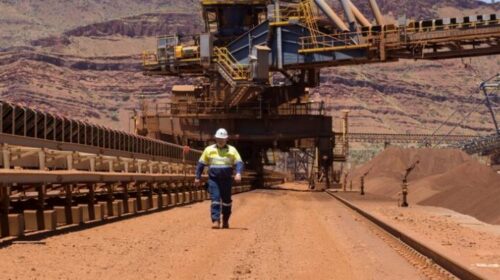Copper Is the New Gold That Will Start the Next War
Raw materials shortages are the most important barrier to accelerating the electrification trend. The price of lithium, nickel, and cobalt has skyrocketed in the past years due to increased demand. But there’s another material crucial for an electric world economy that threatens to derail our ambitious plans for zero-emission transportation.
You might not consider it essential, but copper is in almost everything that works on electricity. This includes electric vehicles, green energy generation, distribution, and storage. And with the energy transition from fossil fuels to renewables and electricity, copper will become the new gold. The problem is that the copper supplies are far from enough to cover the need for reaching net-zero emissions by 2050.
According to an S&P Global report, electric vehicles need 2.5 times as much copper as an ICE vehicle. Solar and wind power generation needs two times and five times, respectively, more copper per megawatt of installed capacity than natural gas or coal power plants. Thanks to high electrical conductivity and low reactivity, copper is the key material used in all things electrical. But with the energy transition, a lot more copper would be needed. The S&P Global estimates that by 2035 the demand will far outstrip supply.
The report forecasts that copper demand will nearly double to 50 million metric tons by 2035. That’s “more than all the copper consumed in the world between 1900 and 2021.” The study sees no way to cover that demand by opening new mines or mass-recycling existing copper. New mines need more than 16 years from discovery to the first production, and that’s when everything, including permits and approvals, falls into place.
S&P Global study considered two scenarios to forecast how big the gap between demand and supply of copper would be. The more conservative is when the production and recycling continue at current levels. In that case, the demand will outstrip supply by a whopping 20%. In the more optimistic scenario, the production and recycling will accelerate to levels that never happened, but the gap would still exist.
“Under either scenario, there would not be enough supply to meet the demand of Net-Zero-Emissions by 2050,” the report concludes.
S&P Global’s report comes as copper prices tumbled along with other commodities. As recession fears rise, analysts think the demand will slow. This week, cooper hit its lowest level since November 2020, following its worst three-month period in more than a decade in the second quarter.
Source: autoevolution.com
![]()





